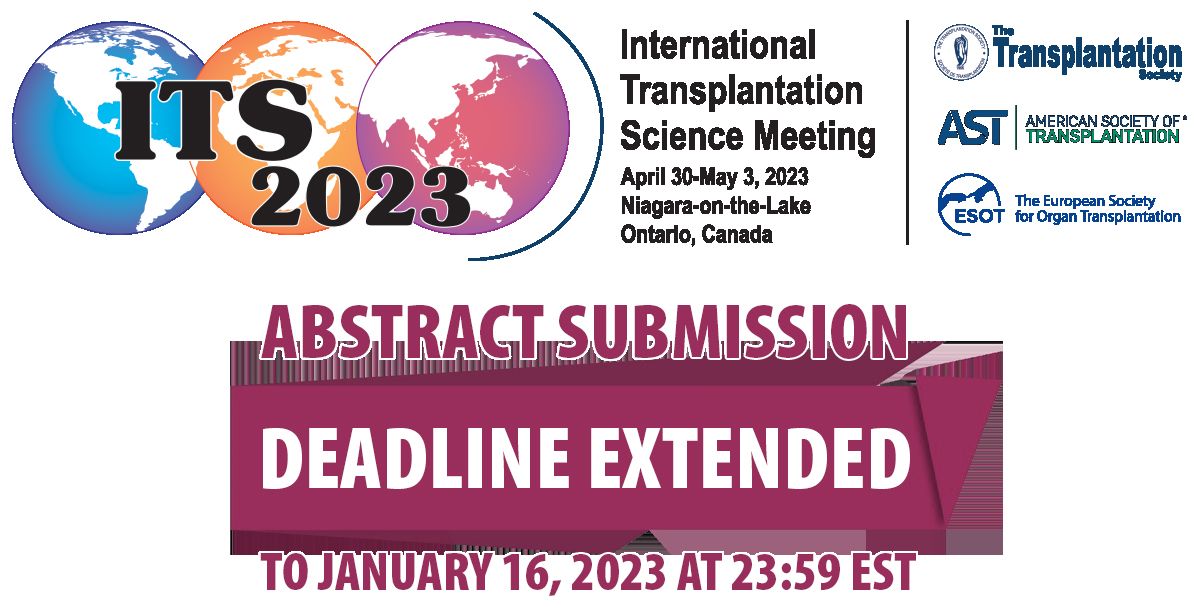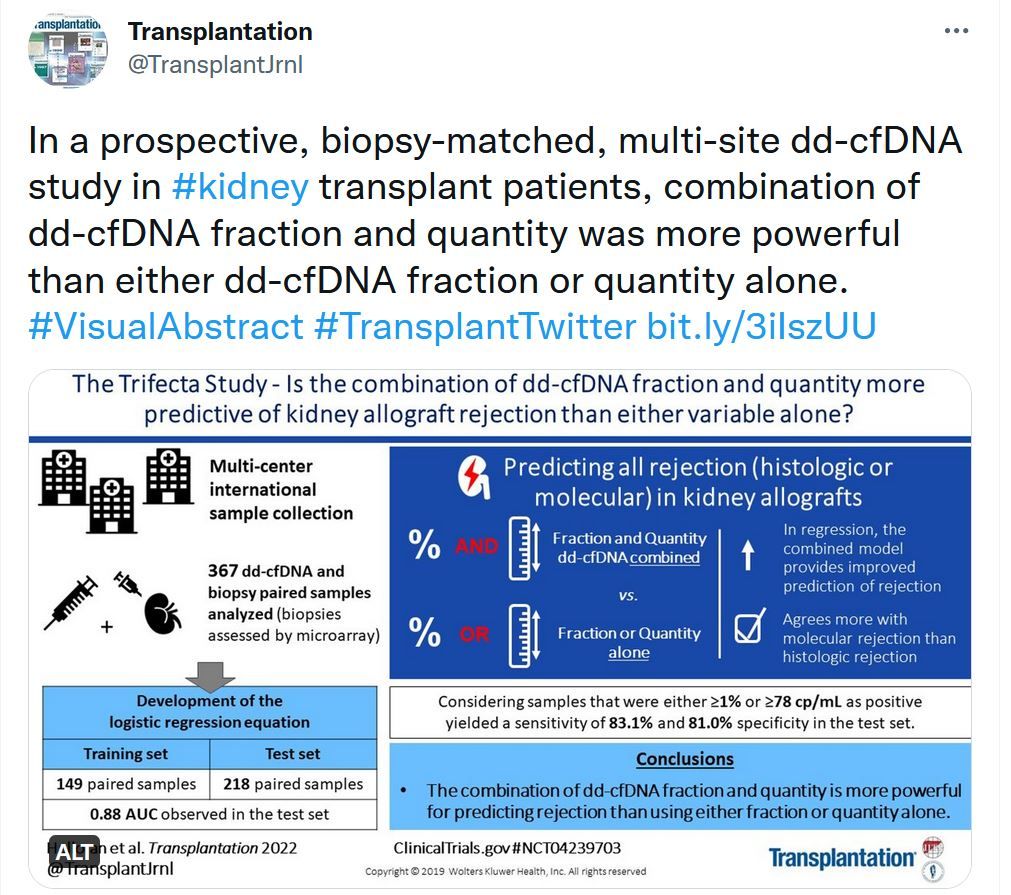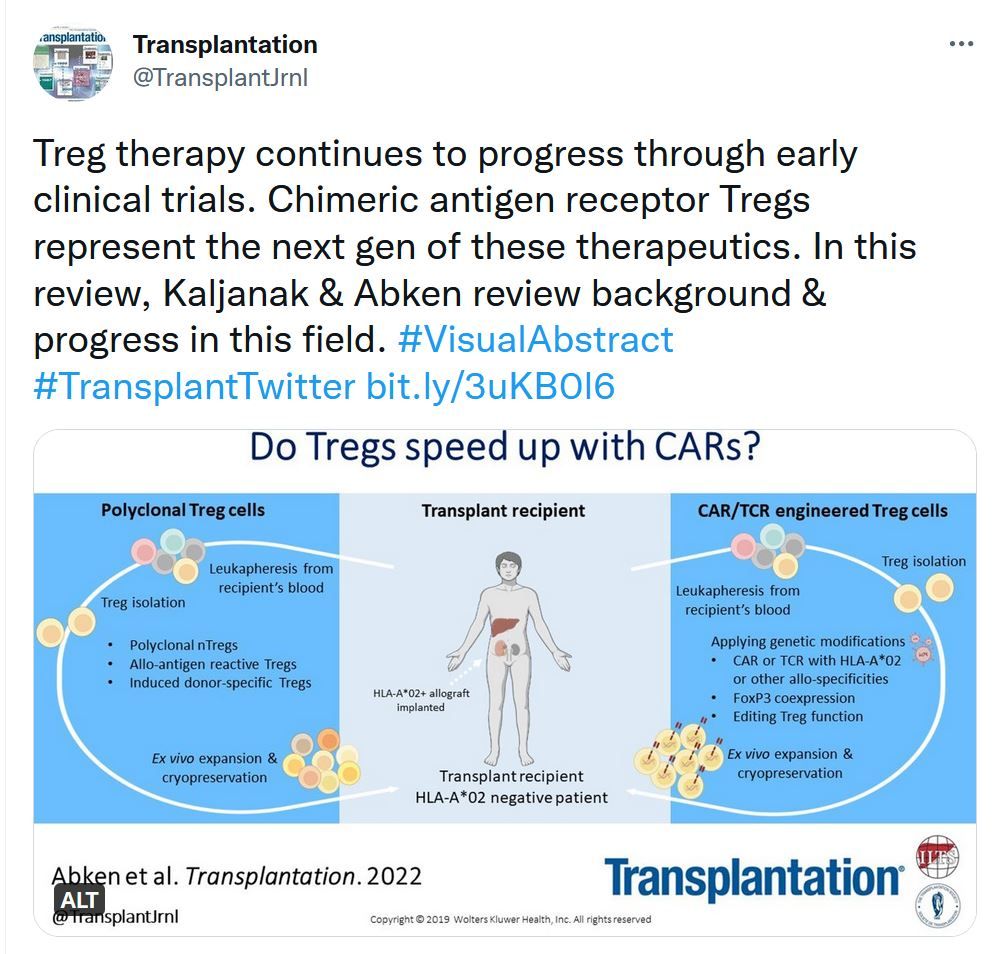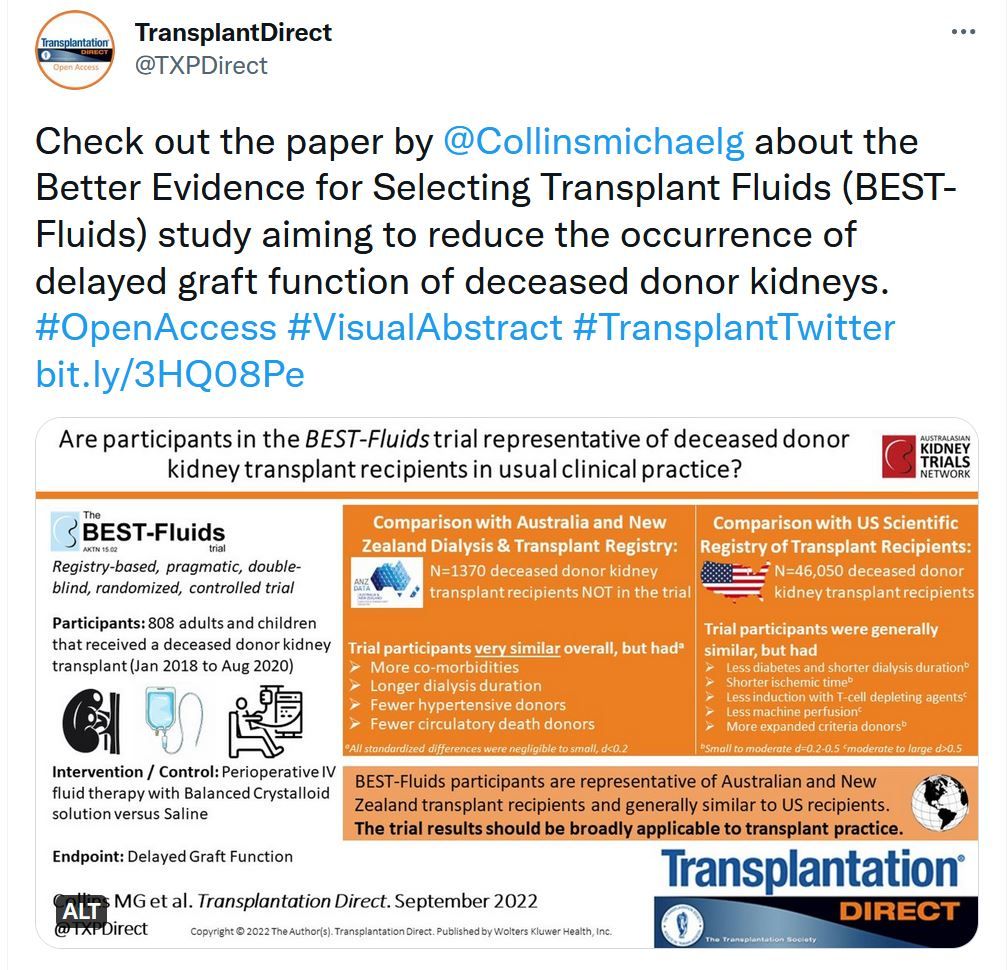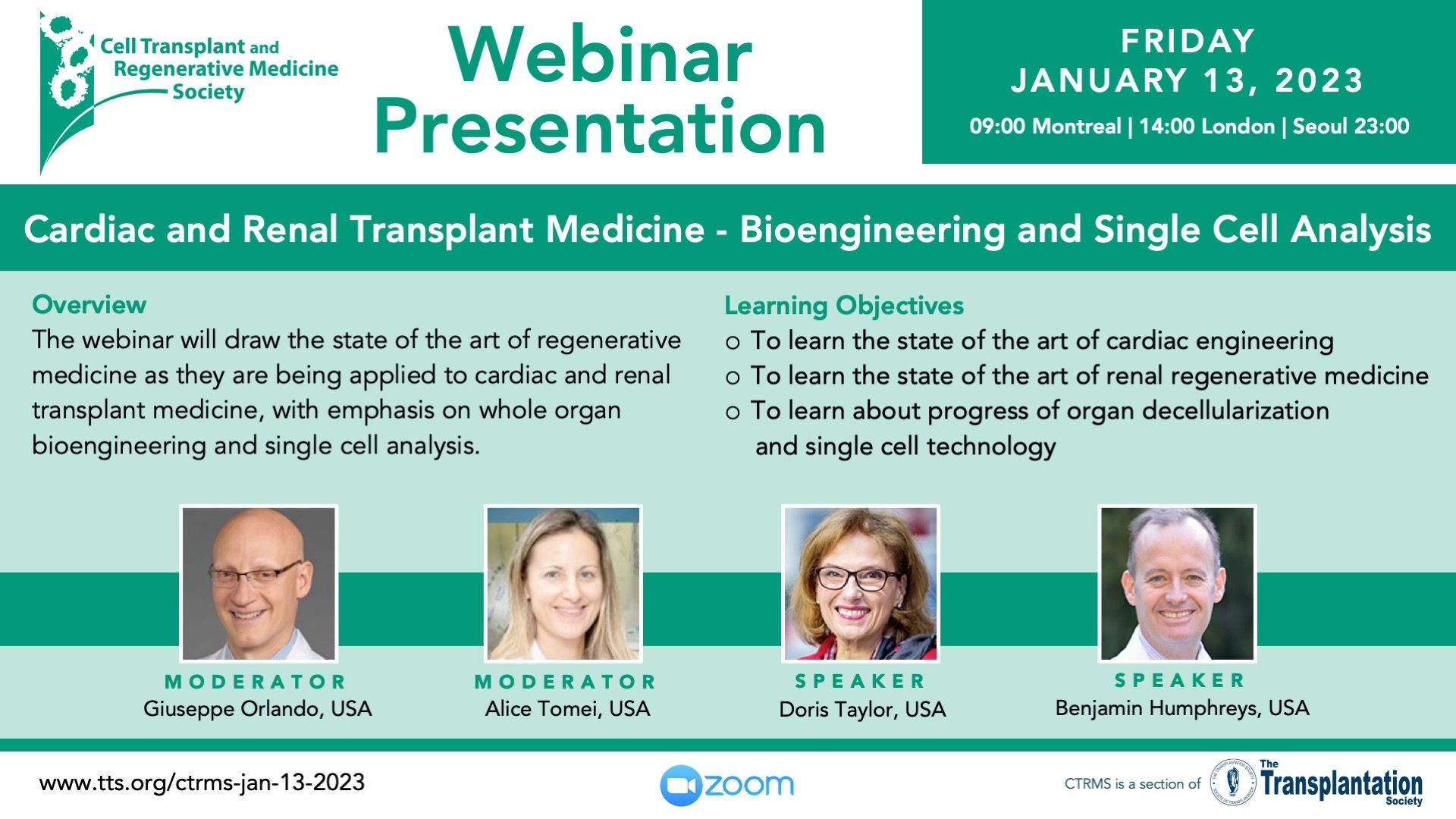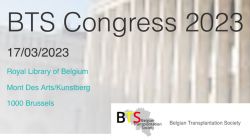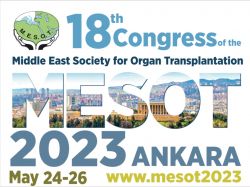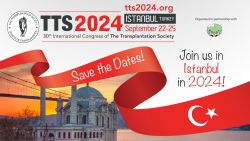This study investigated the relationship between the pretransplant fasting C-peptide level and posttransplant graft function and failure among T2DM patients who have undergone simultaneous pancreas and kidney (SPK) transplants. Patients were categorized into 3 groups: low (≤2 ng/mL), medium (>2–8 ng/mL), and high (>8 ng/mL). There were a total of 76 SPK recipients (low, n = 14; medium, n = 47; high, n = 15). A total of 16 recipients reached the composite outcome of uncensored graft failure (n = 8) or need for anti-diabetic agents (n = 8) posttransplant. None of the recipients in the low C-peptide group reached the composite outcome endpoint, whereas 11 (23.4%) (including 6 uncensored graft failures) in the medium group and 5 (33.3%) (including 2 uncensored) in the high group reached the composite outcome. In a fully adjusted model, each pretransplant C-peptide unit was not associated with an increased risk of the composite outcome, GF, or death-censored composite outcomes. However, in multivariate analysis with limited adjustment, pretransplant C-peptide was associated with the composite outcome (hazard ratio: 1.18, 95% confidence interval, 1.01-1.38; P = 0.03) and death-censored composite outcome (hazard ratio: 1.20; 95% confidence interval, 1.01-1.42; P = 0.03). Although the small sample size, higher levels of pretransplant C-peptide may be associated with inferior posttransplant outcomes that include graft dysfunction.

